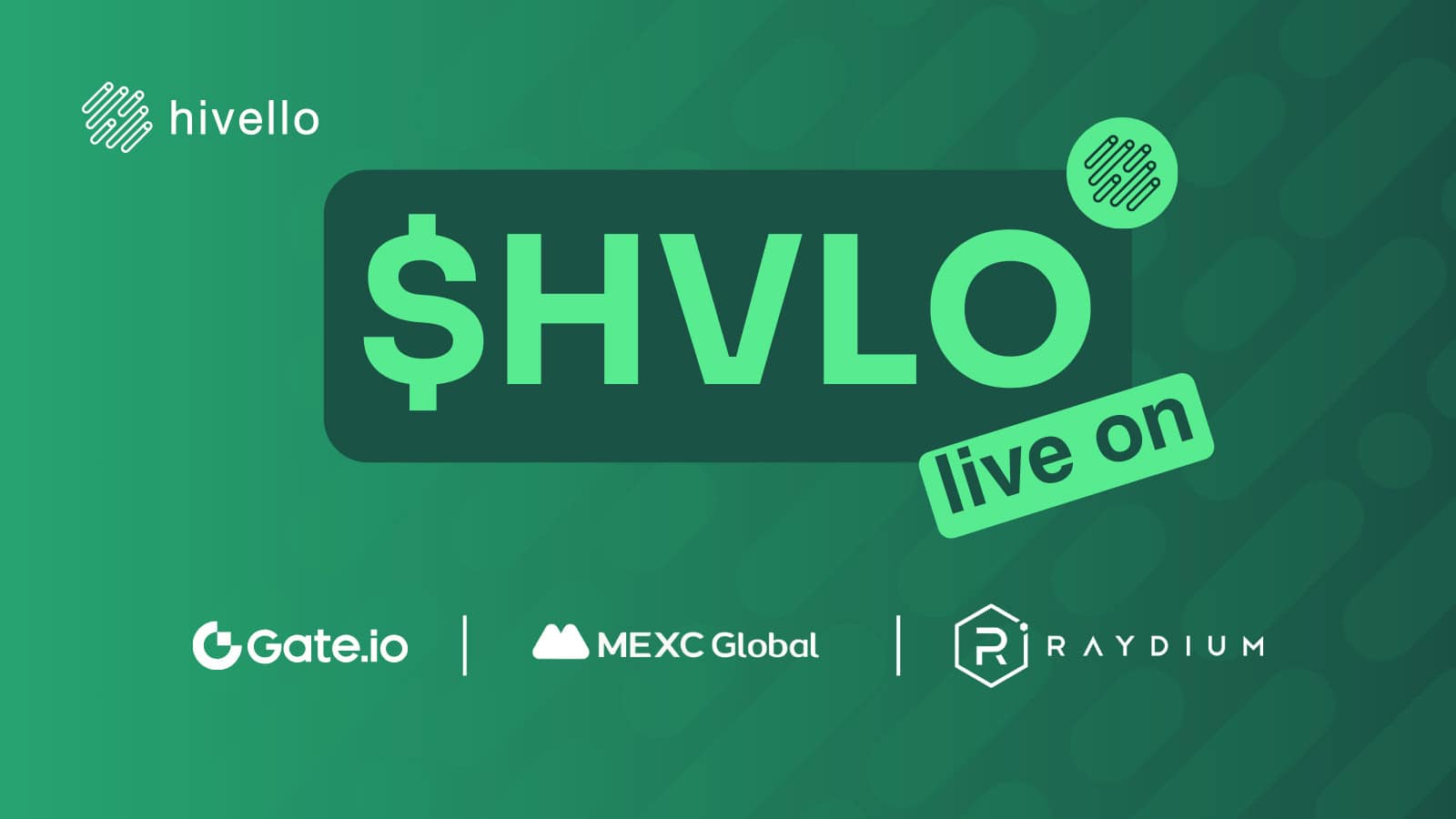Hivello Launches $HVLO Token on Raydium, Expanding Decentralized Opportunities

Hivello, a decentralized physical infrastructure network (DePIN) aggregator, has officially launched its $HVLO token on Raydium, following successful listings on MEXC and Gate.io. This launch, which took place on February 12th, 2025, at 11:00 AM UTC, marks a significant step in Hivello’s mission to promote decentralization and accessibility in the blockchain space. The HVLO token is designed to empower users within Hivello’s ecosystem, facilitating rewards, staking, and participation in various DePIN networks. By utilizing Raydium, a decentralized exchange on the Solana blockchain, Hivello aims to broaden the reach of its token, making it available to a larger audience.
The launch of the $HVLO token on multiple exchanges offers numerous benefits to users. Staking $HVLO through Hivello’s platform can yield an impressive annual percentage yield (APY) of 88%, encouraging user participation in decentralized compute mining. This initiative not only enhances the utility of the token but also fosters a more engaged community. Hivello is committed to expanding its partnerships with DePIN protocols and AI compute networks, which will further drive the adoption of decentralized infrastructure and create more opportunities for users to earn rewards.
Co-Founder Dom Carosa expressed enthusiasm about the launch, emphasizing the importance of providing a decentralized trading option for the community. As Hivello continues to scale its network of decentralized node operators, it aims to simplify the process for users globally to contribute to DePIN. With a focus on accessibility and education, Hivello is dedicated to making decentralized technology more understandable and beneficial for everyone involved in the ecosystem.
Related News





